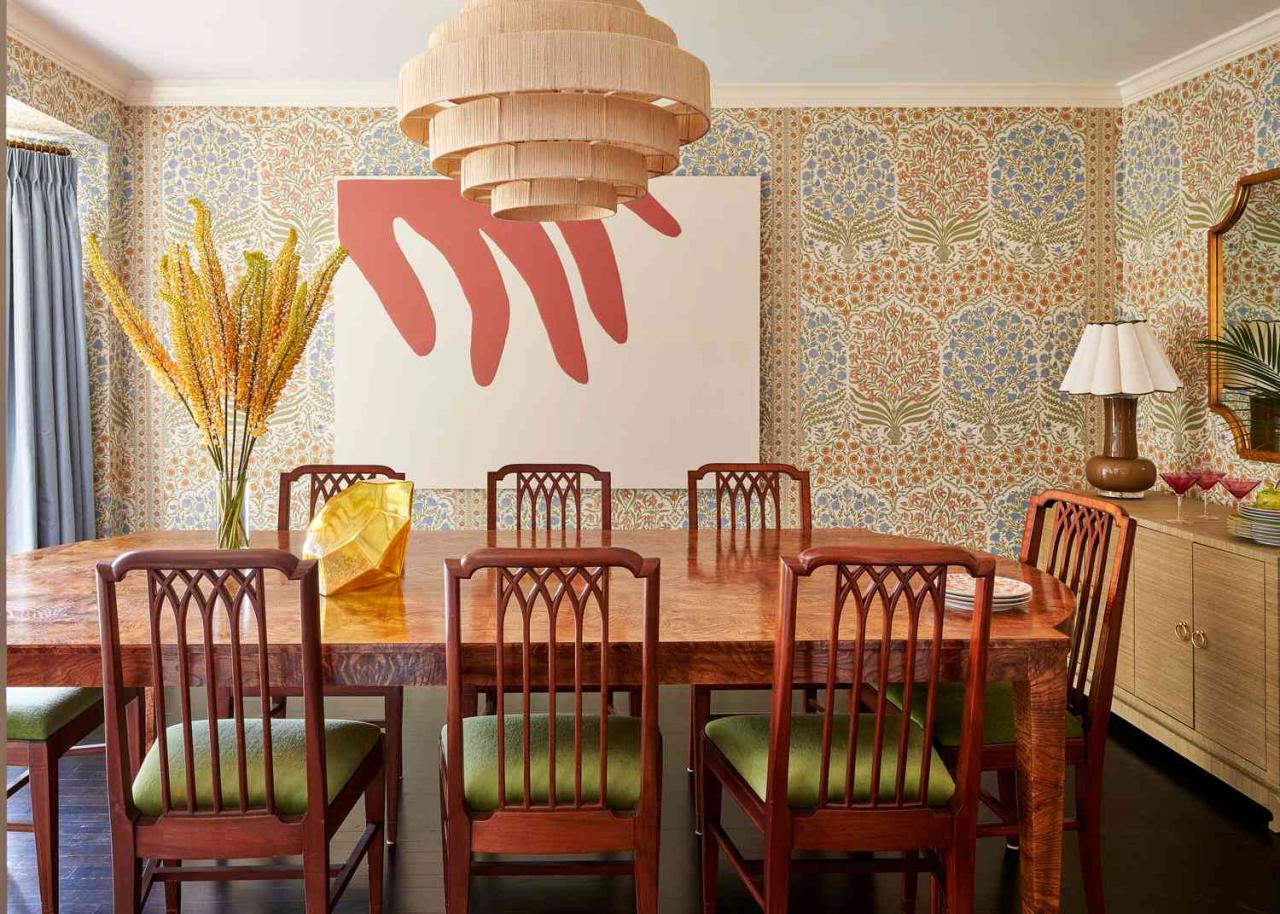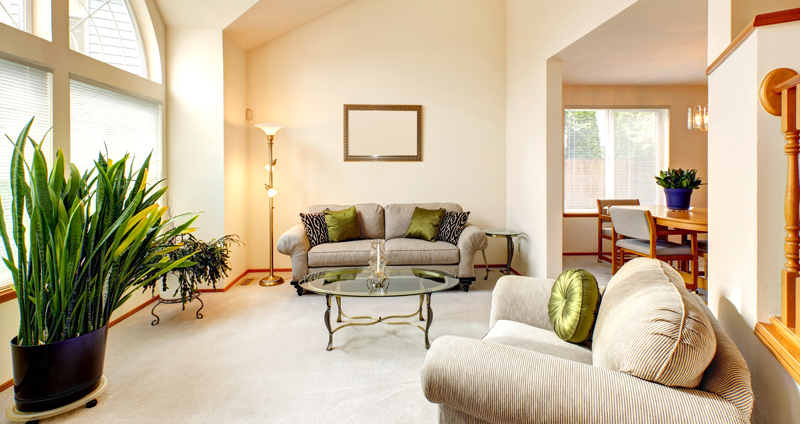In a world where trends come and go, one design element continues to stand the test of time – art. From classic paintings to modern sculptures, incorporating art into your dining room decor is a surefire way to add personality and elegance to your space. So why settle for a bland and boring room when you can transform it into a feast for the eyes? Join us as we explore the endless possibilities of merging art and dining room decor to create a space that is as unique and inviting as you are.

Enhancing Ambiance with Artwork

When it comes to enhancing the ambiance of your dining room, incorporating artwork can make a significant difference. Art has the power to transform a space, adding personality and creating a focal point that draws the eye. Whether you prefer bold, statement pieces or subtle, understated prints, there are endless options for incorporating art into your dining room decor.
One creative way to incorporate artwork into your dining room decor is by creating a gallery wall. Mix and match different pieces, from paintings to photographs to prints, to create a dynamic display that showcases your personal style. Consider using frames in a similar finish or color to create a cohesive look, or mix and match for a more eclectic vibe.
Another way to enhance the ambiance of your dining room with artwork is by choosing pieces that complement your existing decor. Consider the color palette, style, and mood of your dining room when selecting artwork to ensure that it harmonizes with the space. Whether you choose a statement piece that commands attention or a series of smaller prints that create a cohesive theme, the right artwork can tie the room together and elevate the overall look and feel of your dining area.
Selecting the Right Art Pieces
When selecting art pieces for your dining room, consider the following tips to ensure they complement your decor and create a cohesive look:
- Theme: Choose artwork that aligns with the overall theme of your dining room. Whether you prefer modern, traditional, or eclectic styles, select pieces that enhance the ambiance you wish to create.
- Size: The size of your art should be proportional to the wall space it occupies. Consider the dimensions of your dining room and the placement of furniture when selecting the right size artwork.
- Color Palette: Pay attention to the colors in your dining room decor and choose artwork that complements or contrasts with them. A harmonious color palette can tie the room together beautifully.
- Subject Matter: Pick art pieces with subject matter that resonates with you and enhances the dining experience. Whether it’s abstract, landscapes, or still life, choose what speaks to you personally.
For a modern and sleek dining room, consider a minimalist black and white abstract painting as a focal point. If you prefer a more traditional look, opt for a classic landscape oil painting that adds warmth and charm to the space. Experiment with different art styles and arrangements to find the perfect pieces that reflect your taste and personality.
Styling Tips for Mixing Art and Dining Room Decor
When it comes to styling your dining room with art, there are endless possibilities to express your creativity and personal style. Incorporating art into your dining room decor can add a unique and sophisticated touch to the space. Here are some styling tips to help you mix art seamlessly into your dining room decor:
- Choose a focal point: Select a statement piece of art to serve as the focal point of your dining room. This could be a large painting, a striking photograph, or a sculptural piece that will draw the eye and set the tone for the space.
- Consider the theme: Think about the overall theme and style of your dining room decor when selecting art pieces. Whether you prefer modern, traditional, or eclectic styles, choose art that complements and enhances the existing decor.
- Mix and match: Don’t be afraid to mix different styles and mediums of art in your dining room. Pairing a contemporary photograph with a vintage painting or a minimalist print with a colorful tapestry can add depth and interest to the space.
- Use art to tie the room together: Coordinate the colors and themes of your art pieces with other elements in the room, such as the furniture, rugs, and tableware. This will create a cohesive and harmonious look that ties the room together.
As you can see, incorporating art into your dining room decor can truly elevate the space and create a unique and inviting atmosphere for both you and your guests to enjoy. Whether you choose to display a striking painting, a captivating sculpture, or even a simple gallery wall, the possibilities are endless when it comes to infusing your dining room with artistic flair. So don’t be afraid to get creative and let your personal style shine through in your dining space. Cheers to dining in style!


